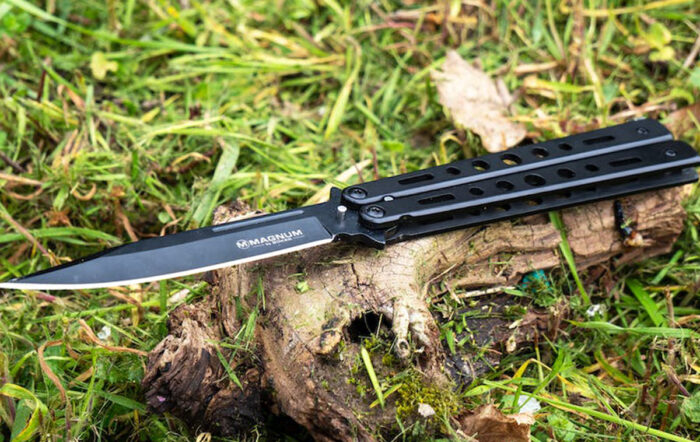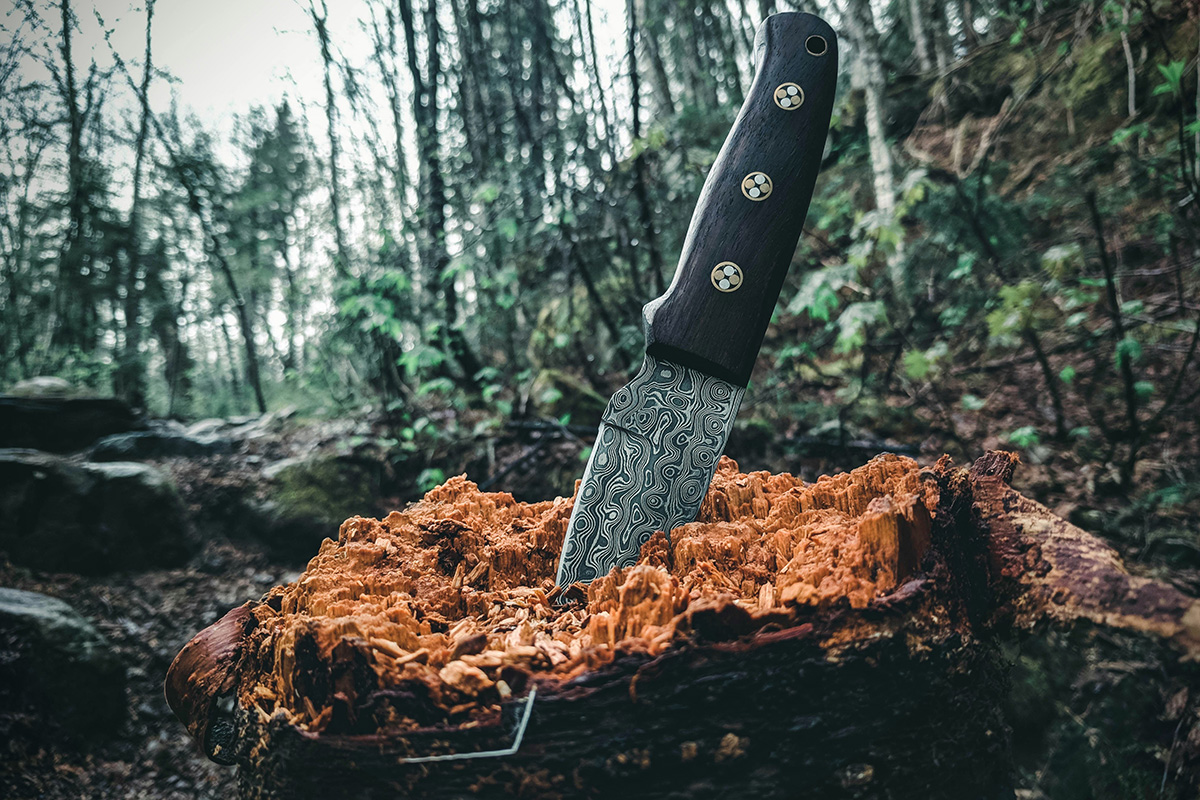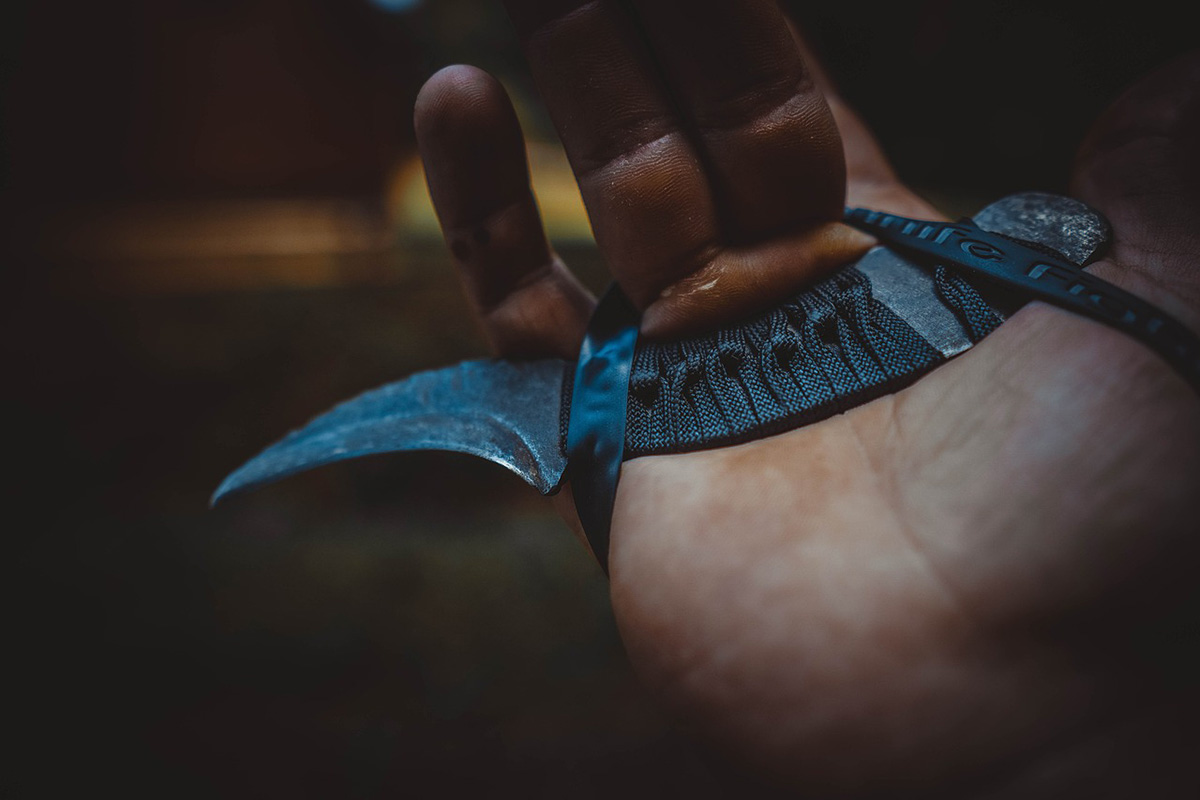Butterfly knives, also known as balisongs, are intriguing blades with a unique folding mechanism that captivates knife enthusiasts around the world. However, it is important to understand the legal framework and safety guidelines associated with butterfly knives to ensure responsible ownership and usage. In this article, we explore butterfly knife laws, safety considerations, and the specific regulations governing these knives in different jurisdictions.
TLDR
- Understanding the specific laws and regulations surrounding butterfly knives in your jurisdiction is crucial for safe and legal use.
- Age restrictions, concealment laws, and ownership requirements may vary depending on your location.
- Adhering to safety guidelines and best practices is essential to prevent accidents and ensure responsible butterfly knife handling.
Understanding Butterfly Knife Laws
Before delving into the jurisdiction-specific regulations, it is crucial to understand the legal framework surrounding butterfly knives. These laws typically categorize butterfly knives as either weapons or blades, subjecting them to specific regulations and restrictions. By familiarizing ourselves with the broader legal context, we gain a foundation for comprehending the intricacies of butterfly knife laws.
Legal Framework for Butterfly Knives
Butterfly knives fall under the purview of weapon or blade laws, which vary from one jurisdiction to another. These laws define the criteria for classifying and regulating butterfly knives, taking into account factors such as blade length, design, and intended use. Understanding how butterfly knives are categorized within this framework is essential for navigating the legal landscape.
Classification under Weapon or Blade Laws
Different jurisdictions classify butterfly knives in diverse ways. Some consider them to be restricted weapons, while others categorize them as legal knives with specific restrictions on carrying or concealing. We explore the nuances of butterfly knife classification under weapon or blade laws, shedding light on the legal status and obligations associated with these knives.
Jurisdiction-Specific Regulations
To gain a comprehensive understanding of butterfly knife laws, we examine regulations specific to various jurisdictions. It is crucial to note that laws can differ significantly between regions, countries, and even states or provinces. By exploring the regulations in your particular jurisdiction, you can ensure compliance and avoid legal complications related to butterfly knives.
We have complied a list of US State-specific laws here.

Concealment Laws and Public Carrying
Carrying butterfly knives in public or concealing them may be subject to specific laws and regulations. We examine the concealment laws governing butterfly knives, including restrictions on carrying them in public places or certain premises. Understanding these regulations is crucial to avoid legal complications and ensure responsible knife ownership.
Safety Guidelines for Butterfly Knife Handling
Ensuring the safe handling of butterfly knives is paramount to prevent accidents and injuries. In this section, we provide a comprehensive set of safety guidelines and best practices for handling and using butterfly knives. Topics covered include proper grip and handling techniques, safe flipping and manipulation, and recommendations for storage and transport.
Proper Grip and Handling Techniques
We explore the correct grip and handling techniques for butterfly knives, emphasizing the importance of a secure and controlled grip to prevent accidental injuries during flipping or manipulation.
Safe Flipping and Manipulation
Flipping and manipulating butterfly knives require skill and caution. We discuss safe techniques, gradual progression for beginners, and the importance of practicing in a controlled environment to minimize the risk of accidents.
Storage and Transport Recommendations
Proper storage and transport of butterfly knives are vital for maintaining safety and complying with legal requirements. We provide recommendations on suitable storage options, such as dedicated sheaths or cases, and discuss best practices for transporting butterfly knives in a secure manner.
Conclusion
Understanding butterfly knife laws and safety considerations is essential for responsible ownership and usage. By familiarizing yourself with the legal framework, jurisdiction-specific regulations, and safety guidelines, you can enjoy the artistry and functionality of butterfly knives while ensuring compliance with the law and promoting a safe environment for yourself and others.

Zach Belmont has been working in the outdoor apparel industry in one form or another for over 20 years. During his career, he has worked at some of the most well-known adventure brands including Patagonia and The North Face in marketing, operations and product development. Zach currently lives in Wyoming with his wife and 2 kids.




